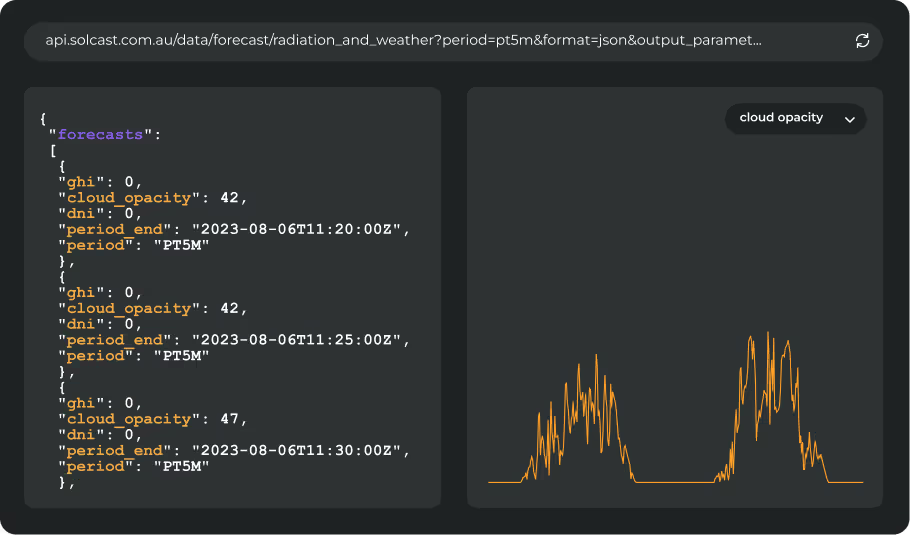2024 presented regional contrasts of solar irradiance across the United States. The Midwest enjoyed exceptional conditions with irradiance up to 10% above normal across the year, while areas along the Gulf Coast and much of the West Coast experienced slightly below-average sunshine. ERCOT and PJM both saw better capacity-adjusted performance through the year compared to long term trends, whilst CAISO performed slightly below average. However as solar capacity increases year on year, this analysis is based just on the weather impacts to current capacity.
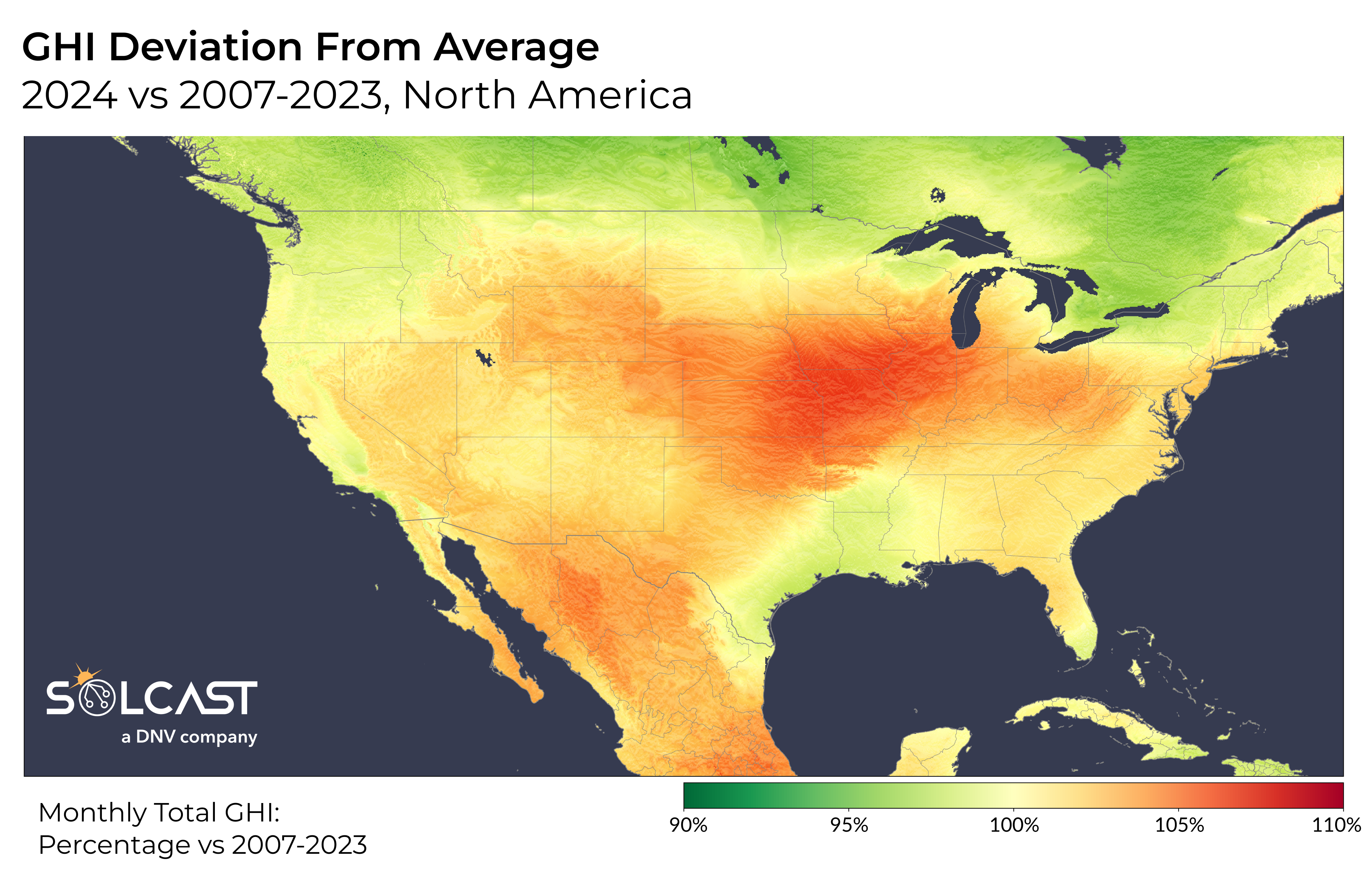
The Midwest’s solar performance stood out in 2024, with states such as Indiana, Illinois, Missouri, Iowa, and Kansas experiencing solar irradiance 10% above average. Adjacent areas, including Michigan to Idaho, the Great Plains, and western Texas, also saw irradiance levels up to 5% above normal. Despite seeing some variation through the year, consistently clear conditions, in particular a 20%+ anomaly in October, contributed to strong annual performance for solar assets in the Midwest.
These regions coincided with areas severely affected by drought conditions, which likely contributed to the reduced cloud cover and higher sunshine level. This solar surge translated into higher production for regional grids, with ERCOT achieving a 2.7% increase in capacity-normalized solar production and PJM recording a 4% rise compared to average values.
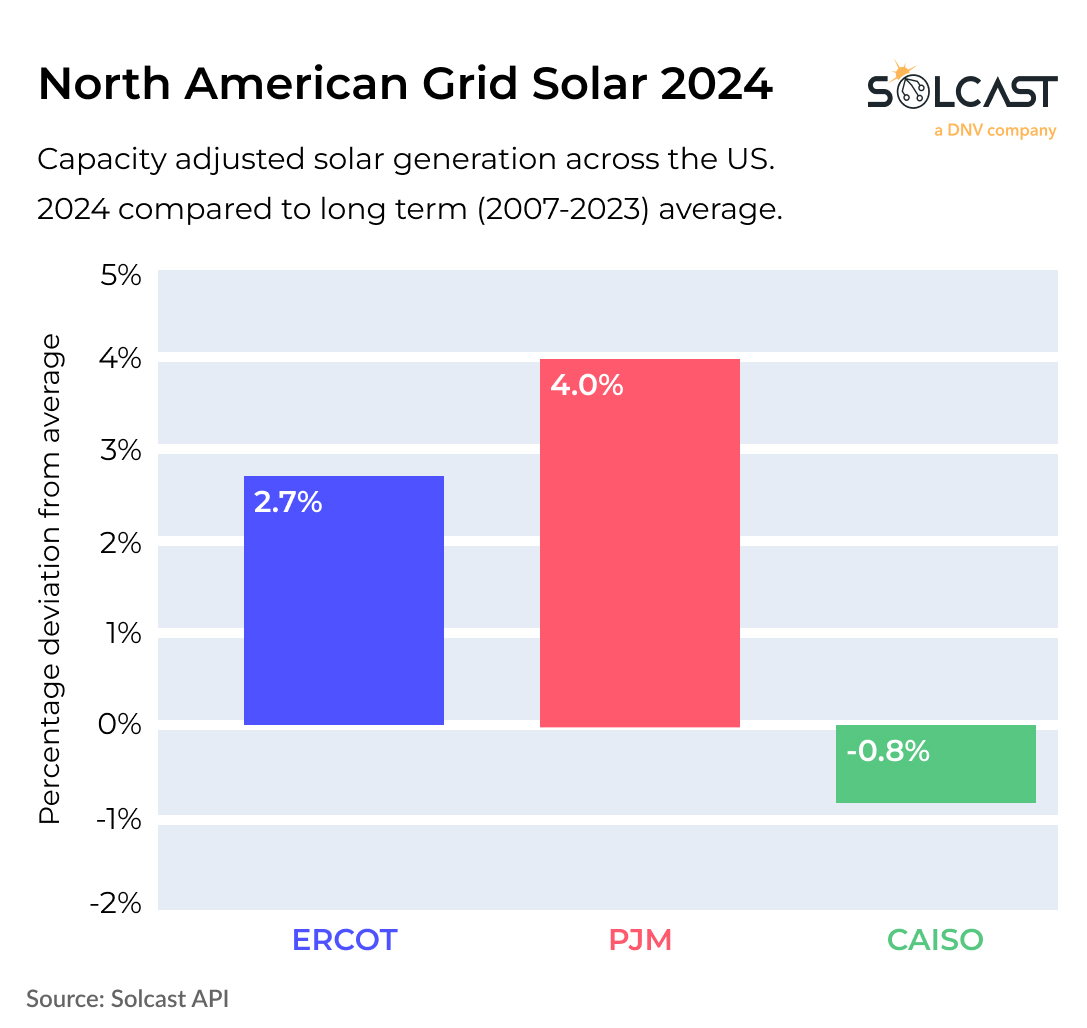
In contrast, the West Coast recorded a subdued year for solar generation, with northern areas seeing irradiance up to 5% below average, while most of California experienced only slight deviations from the norm. The primary driver was the prevalence of multiple intense low-pressure systems that moved in from the Pacific, bringing cloud cover and moisture to the region. These conditions contributed to CAISO observing a modest 0.8% decline in solar production normalized by capacity in 2024 than average.
The states along the Gulf Coast, including East Texas and Louisiana, also faced a decline in solar irradiance, with levels up to 5% below average. Southeast Texas experienced a year of normal to above-normal rainfall after several years of drought. This shift was driven by higher-than-average sea surface temperatures, which funneled more moisture inland and increased cloud cover. These conditions curtailed solar energy potential in the region, though drier, clearer conditions inland in Texas meant ERCOT still overperformed the long term trend.
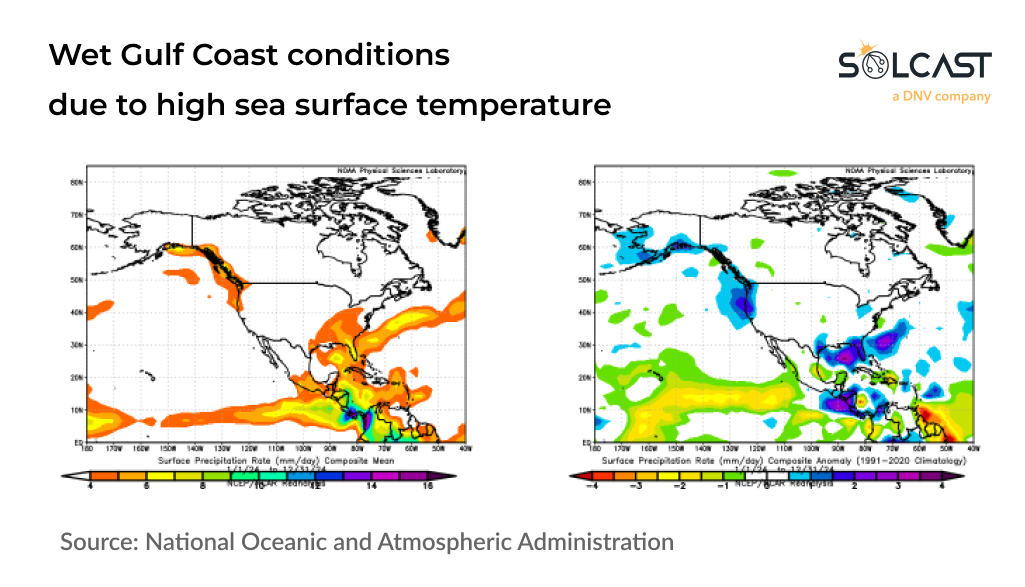
Despite these regional variations, the overall United States in 2024 saw slightly higher irradiance, with levels 0.8% above climatological averages. Major cities in the Midwest, including Kansas City and St. Louis, reported above-average irradiance, with Chicago setting a record for average irradiance this year. This reinforces the region's strong performance in 2024.
Track weather conditions, cloud movements, and irradiance-influencing factors that impact your solar generation. Access bankable actuals and accurate forecasts when you sign up for a Solcast API toolkit. You can reach out to our team for an extended trial.








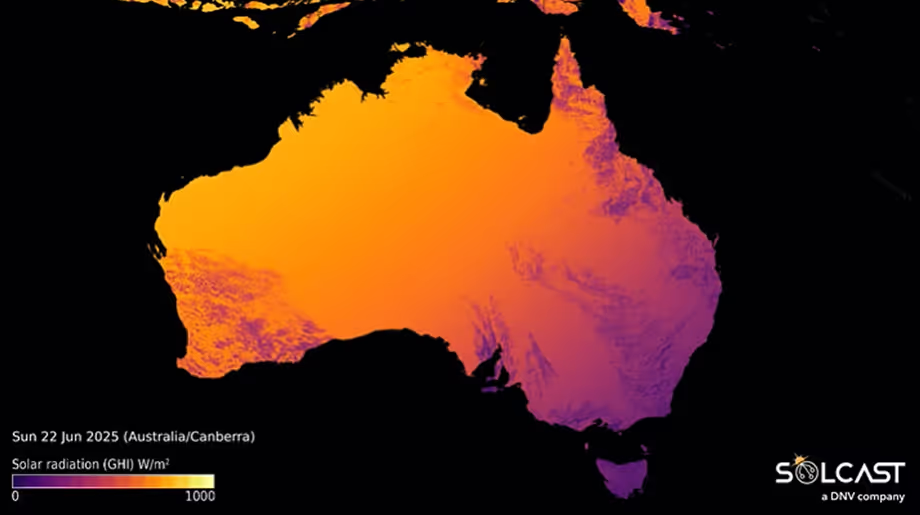
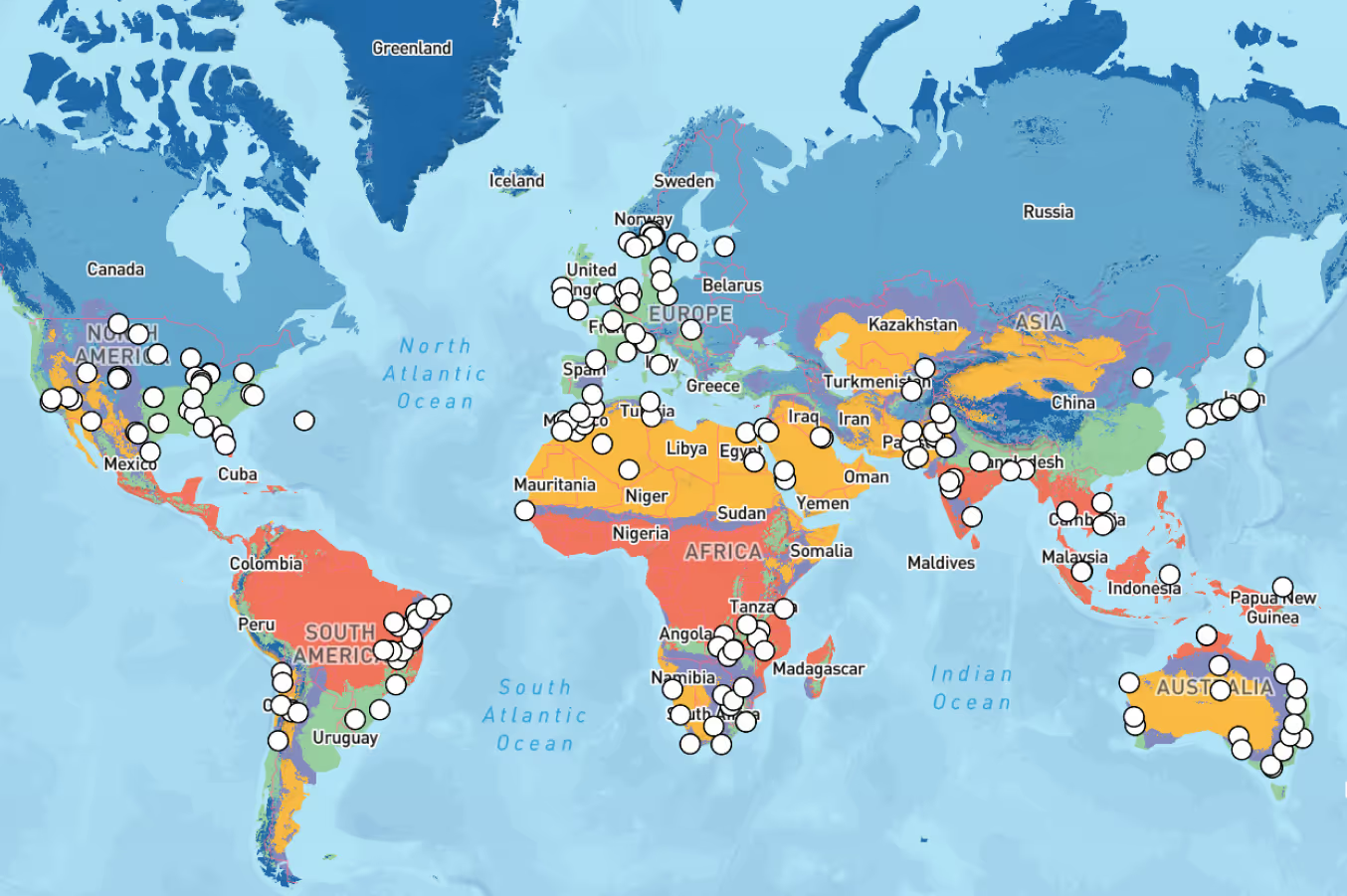
.avif)
